‘These protests connect people’
-
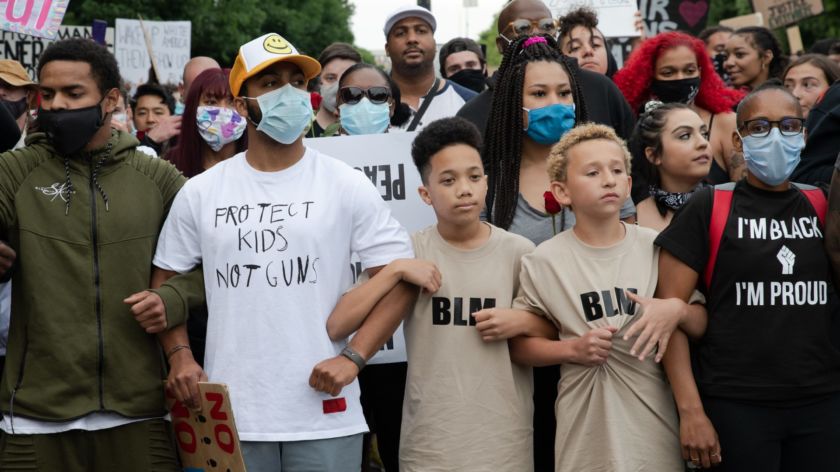 Black Lives Matter-protest in Portland, VS. Foto: Matthew Roth (CC)
Black Lives Matter-protest in Portland, VS. Foto: Matthew Roth (CC)
The protests against racism have been going on for two weeks in the United States, and cause a ripple effect across the world. In The Netherlands, we follow everything that happens closely and here, thousands of people protest as well. Why is this happening right now? Today, americanists Peter van der Heiden and Markha Valenta speak about it during Radboud Reflects @Home.
There is one thing that Markha Valenta and Peter van der Heiden agree on directly: the protests following the death of George Floyd would not have been this massive without Donald Trump. ‘He is a figurehead for everything that the progressive left is fighting against,’ says Van der Heiden. On top of that, he reacts differently than others. ‘As far as I can remember, he is the first president who actually provokes people who protest racial inequality.’
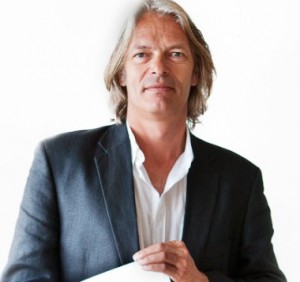
Van der Heiden teaches American Studies and researches American presidents. Valenta is assistant professor Social Sciences at Utrecht University. She adds: ‘There are many factors which constitute the form of the protests, but Trump is an important one. It was actually Europe where white supremacy flourished after 9/11.’ Valenta’s American friends were often stunned by what was said in The Netherlands, for example by Geert Wilders. ‘And then we got Trump.’
A year before Trump’s election, 50 percent of Americans believed that America had a racism problem, says Valenta. ‘Now, that is 76 percent. That is an immense increase. You now see many white progressive people join in the protests, but the leadership is still very much in the hands of black activists.’ This is something Van der Heiden also noticed: ‘Apparently, there is a possibility for a coalition this time that connects people. And the rest of the world also joins in.’
Army
Radboud Reflects organises a current affairs interview about this subject today. Because the protests are unique in size, but also in tone and in the way the outside world reacts to them. ‘In America, only one president did what Trump is threatening to do, which is asking the army to get involved on American soil,’ says Van der Heiden. ‘That was George Washington. Of course you had Lincoln, but he did it because the south wanted to be independent. Trump thinks that he can just do this, even though the law says he can’t.’
‘The frustration pushes people out on the street’
Apart from the president, Valenta sees more factors that contribute to these protests. ‘There’s the unexpected combination of the pandemic, the economy, the power of social media, and of course the video.’ According to Valenta, the video of George Floyd’s death is so unique because it is crystal clear. ‘We have a white man sitting on a black man’s neck, while that man begs him to let him breathe. For eight minutes, people ask him to get off him and during all that time, he has a choice,’ she says. ‘And he chooses to keep his knee on Floyd’s neck. You see the lynching of a black man, right before your eyes.’
I can’t breath
The image of the dominant cop who literally sits on top of someone, is a visual representations of the relationship between black and white. On top of that, it is a clear video. ‘Many video’s of similar situations, like the death of Eric Garner, are more messy and shorter, it is harder to see what is happening,’ says Valenta. ‘In the George Floyd video, there is a simplicity which makes the viewer want to pick sides. As a viewer, you want to get involved and prevent this murder from happening. But you can’t. The frustration that comes out of that, pushes people out on the street. “This is not what we want to be!”‘
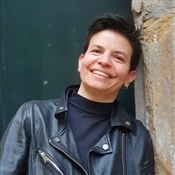
‘It’s also the straw that broke the camel’s back,’ says Van der Heiden. ‘He wasn’t the first who yelled “I can’t breathe”, Eric Garner did that before him. People are really sick of it, there is so much anger.’ On top of that, there is a lot of shame, he says. ‘In the sixties, Lyndon Johnson already said that racism was a disgrace for America as a country, not just for the black community. But it stayed something normal for many people.’ The video changed that, he says. ‘The cop with the arrogant look in his eyes, showing that he will just do whatever he wants. People are ashamed that they ever thought this was normal.’
During today’s interview, philosopher Frank van Caspel interviews Valenta and Van der Heiden about the uproar in America during Radboud Reflects @Home. You can follow it on their YouTube channel or through Soundcloud.
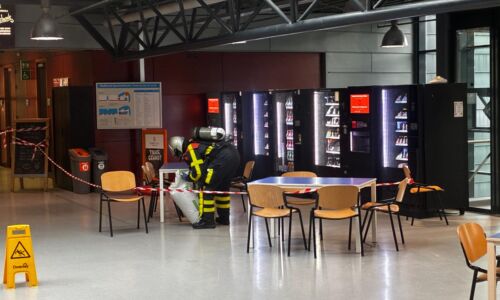
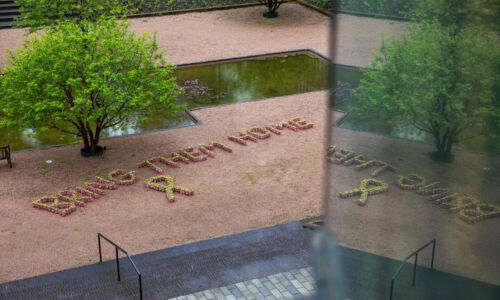


Cornelis Orona schreef op 14 juni 2020 om 00:21
The article states: “The image of the dominant cop who literally sits on top of someone, is a visual representations of the relationship between black and white.”
That is a very divisive statement. It’s like saying that all white people are oppressing black people always and everywhere, and every white person is essentially a racist. Am I against police brutality? You bet. Am I against racism? Sure, who in their right mind wouldn’t be. But I’m also against characterizations like this one. It’s divisive, it makes people hate each other. It doesn’t “connect people” at all. Stop dividing everybody.
Rose N. Baum schreef op 15 januari 2021 om 19:25
I totally agree. Although yes, there is a lot of white people who hate black people, and black people who hate white people, this does not mean that we all hate each other. We as an American people must ALL stand against people who think their race is better than the others and think they have the right to do something about that. It isn’t white versus black, it’s good versus evil. (One side-note, there’s more than two races, there are White, Black, Asian, Indigenous American, Pacific-American, and literally so many more.)